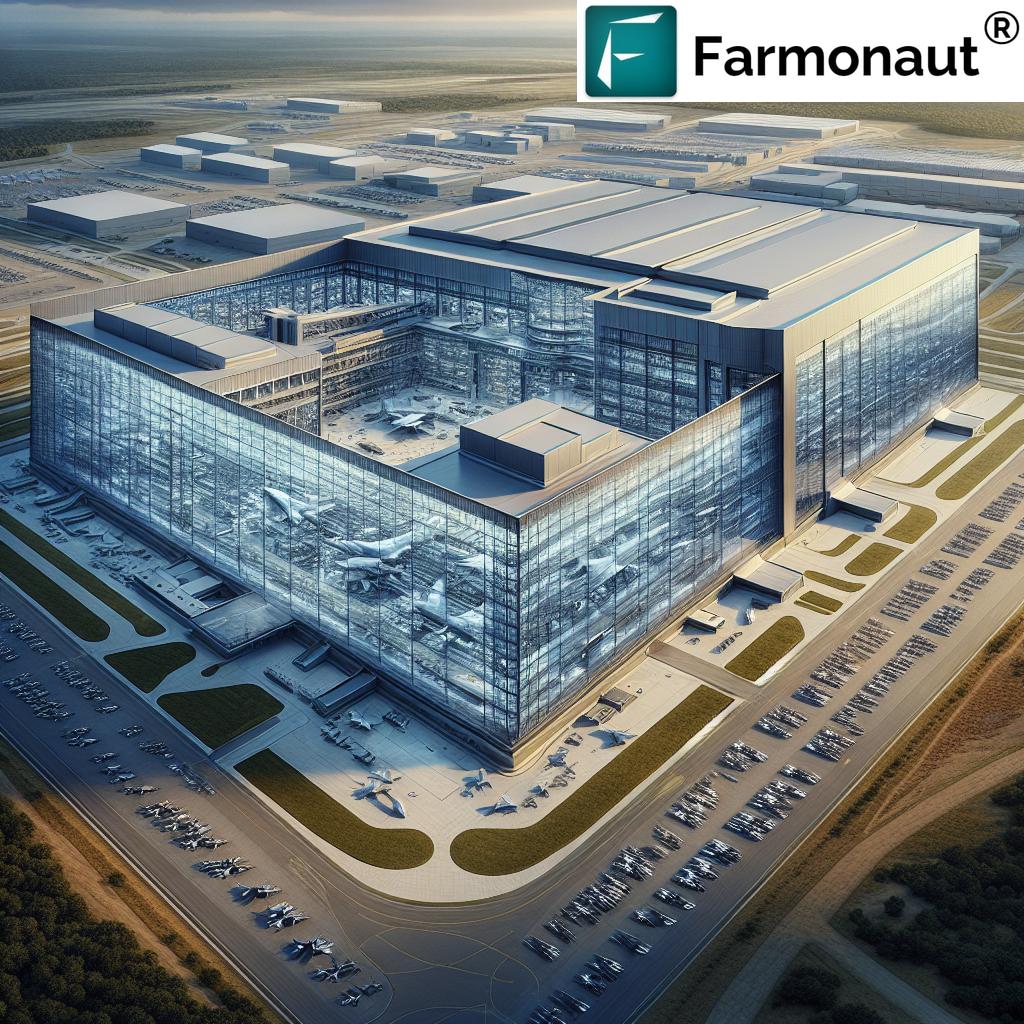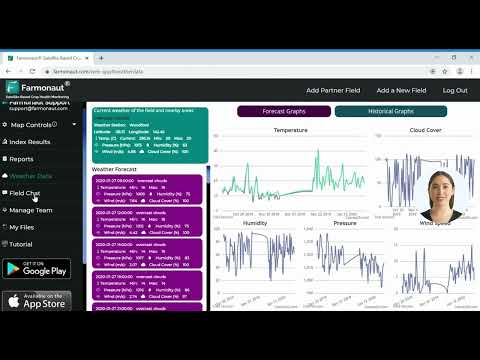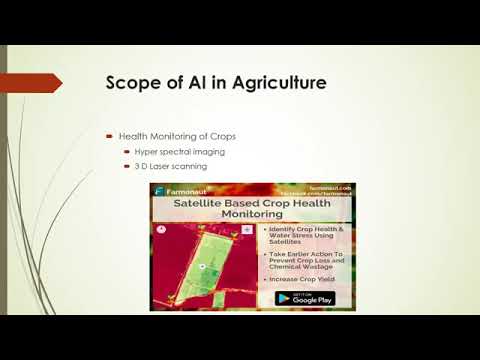Next-Generation Air Dominance: Revolutionizing Aerospace Innovation in Columbus, Nebraska
“The U.S. Air Force’s 6th generation fighter contract marks a significant leap in aerospace innovation, focusing on four key areas.”
In a groundbreaking development for the aerospace industry and national security, the U.S. Air Force has awarded a contract for the next-generation fighter aircraft, ushering in a new era of air dominance technology. This momentous decision, centered in Columbus, Nebraska, promises to revolutionize military aviation and solidify America’s position at the forefront of global aerospace innovation.
The Dawn of a New Era in Air Dominance
On March 21, 2025, the U.S. Air Force announced that Boeing has been awarded the contract to design, build, and deliver its next-generation fighter aircraft. This decision marks a pivotal moment in the evolution of military aviation, as the Next-Generation Air Dominance (NGAD) Platform is set to redefine the capabilities of fighter jets in the 21st century.
The NGAD program represents a quantum leap in aerospace technology, focusing on four critical areas:
- Range
- Survivability
- Lethality
- Adaptability
These advancements will ensure that the United States maintains its air superiority in an increasingly complex and contested global environment.

The NGAD Platform: A Central Node in Advanced Combat Systems
“The Next-Generation Air Dominance (NGAD) Platform will be the central node in a family of advanced combat aircraft systems.”
The NGAD Platform is not just another fighter jet; it’s the cornerstone of a comprehensive family of advanced combat aircraft systems. This innovative approach to air dominance ensures that the new fighter will seamlessly integrate with existing and future military assets, creating a network-centric warfare capability that is unparalleled in modern military history.
As we delve deeper into the implications of this revolutionary development, it’s worth noting the broader context of aerospace innovation. While military advancements often grab headlines, parallel innovations in civilian sectors, such as agriculture, are equally transformative. For instance, companies like Farmonaut are leveraging satellite technology and AI to revolutionize farming practices. You can explore their cutting-edge solutions by visiting their web app or downloading their mobile apps for Android and iOS.
Boeing’s Commitment to Innovation
Boeing’s selection for the NGAD program is a testament to the company’s long-standing commitment to pushing the boundaries of aerospace technology. Steve Parker, interim president and chief executive officer of Boeing Defense, Space & Security, emphasized the significance of this project:
“We recognize the importance of designing, building and delivering a 6th-generation fighter capability for the United States Air Force. In preparation for this mission, we made the most significant investment in the history of our defense business, and we are ready to provide the most advanced and innovative NGAD aircraft needed to support the mission.”
This substantial investment underscores Boeing’s dedication to maintaining America’s technological edge in military aviation and aerospace innovation.
A Legacy of Excellence in Fighter Aircraft
Boeing’s selection for the NGAD program builds upon nearly a century of producing some of the world’s most advanced combat aircraft. The company’s illustrious history includes iconic fighters such as:
- P-51 Mustang
- F-4 Phantom
- F-15 Eagle
- F/A-18 Hornet
- EA-18G Growler
With the NGAD Platform, Boeing is poised to establish a new global standard for 6th generation capability, further cementing its position as a leader in aerospace innovation.
The Evolution of Fighter Aircraft: A Comparative Look
To fully appreciate the significance of the NGAD program, it’s essential to understand the evolution of fighter aircraft over the decades. The following table provides a comprehensive comparison of fighter aircraft generations, highlighting the advancements that have led to the development of the 6th generation NGAD Platform:
| Generation | Era | Key Features | Notable Examples |
|---|---|---|---|
| 1st | 1940s – 1950s | Subsonic, unguided weapons | F-86 Sabre, MiG-15 |
| 2nd | 1950s – 1960s | Supersonic, radar-guided missiles | F-104 Starfighter, MiG-21 |
| 3rd | 1960s – 1970s | Multi-role capabilities, improved avionics | F-4 Phantom, MiG-23 |
| 4th | 1970s – 1990s | Fly-by-wire, pulse-doppler radar | F-15 Eagle, Su-27 |
| 5th | 1990s – 2020s | Stealth, advanced sensors, supercruise | F-22 Raptor, F-35 Lightning II |
| 6th (NGAD) | 2020s – Future | AI integration, directed energy weapons, optionally manned | NGAD Platform (in development) |
As we can see from this comparison, each generation of fighter aircraft has brought significant advancements in technology and capabilities. The 6th generation NGAD Platform represents the pinnacle of this evolution, incorporating cutting-edge technologies that were once considered the realm of science fiction.
The Impact on National Security and Global Air Superiority
The development of the NGAD Platform is not just a technological achievement; it’s a critical component of the United States’ national security strategy. In an era of increasing global tensions and rapidly evolving threats, maintaining air superiority is more important than ever.
The NGAD program’s focus on range, survivability, lethality, and adaptability addresses the complex challenges of modern warfare. These advancements will enable the U.S. Air Force to:
- Project power over greater distances
- Operate in highly contested environments
- Engage threats with unprecedented precision
- Adapt to rapidly changing mission requirements
Moreover, the NGAD Platform’s role as the central node in a family of advanced combat aircraft systems signifies a shift towards network-centric warfare. This approach will enhance interoperability between various military assets, leading to more effective and efficient operations.

The Economic Impact on Columbus, Nebraska
While the NGAD program has national and global implications, its impact on Columbus, Nebraska, and the surrounding region cannot be overstated. The selection of this location for such a critical aerospace project will bring significant economic benefits to the area, including:
- Job creation in high-tech manufacturing and engineering
- Increased investment in local infrastructure
- Growth in supporting industries and services
- Enhanced educational opportunities in STEM fields
This influx of economic activity and technological expertise is expected to transform Columbus into a hub of aerospace innovation, attracting talent and investment from across the country.
Technological Spillovers and Civilian Applications
While the NGAD program is primarily focused on military applications, the technological advancements made during its development are likely to have far-reaching implications for civilian aerospace and other industries. Historical precedents suggest that military aerospace innovations often find their way into commercial applications, leading to improvements in areas such as:
- Commercial aviation safety and efficiency
- Satellite technology and communications
- Advanced materials and manufacturing processes
- Artificial intelligence and autonomous systems
These spillover effects could potentially benefit various sectors, including agriculture. For instance, the advanced sensors and AI systems developed for the NGAD Platform could be adapted for precision farming applications. Companies like Farmonaut are already leveraging similar technologies to revolutionize agricultural practices. To learn more about how advanced technology is transforming farming, check out Farmonaut’s API and API Developer Docs.
Challenges and Considerations
While the NGAD program represents a significant leap forward in aerospace technology, it also faces several challenges and considerations:
- Cost: Advanced military aircraft programs are notoriously expensive. Ensuring cost-effectiveness and value for taxpayers will be crucial.
- Technological complexity: The integration of cutting-edge technologies presents significant engineering challenges that must be overcome.
- International relations: The development of such advanced military capabilities may impact global power dynamics and require careful diplomatic navigation.
- Ethical considerations: As AI and autonomous systems play a larger role in military operations, addressing ethical concerns becomes increasingly important.
Addressing these challenges will require ongoing collaboration between the military, industry partners, policymakers, and the public.
The Future of Aerospace Innovation
The NGAD program is just the beginning of a new era in aerospace innovation. As we look to the future, we can expect to see continued advancements in areas such as:
- Hypersonic flight
- Directed energy weapons
- Quantum sensing and communications
- Space-based defense systems
These developments will not only shape the future of military aviation but will also have profound implications for civilian aerospace, space exploration, and our understanding of the physical world.
As we witness this exciting evolution in aerospace technology, it’s worth noting that similar revolutions are happening in other fields. For instance, in agriculture, companies like Farmonaut are using advanced satellite technology and AI to transform farming practices. If you’re interested in being part of this agricultural innovation, consider joining Farmonaut’s affiliate program. You can earn a 20% recurring commission while helping farmers save 10% on cutting-edge agricultural solutions.
Conclusion: A New Chapter in Aerospace History
The awarding of the NGAD contract marks the beginning of a new chapter in aerospace history. With its focus on advanced technologies and network-centric capabilities, the NGAD Platform is set to redefine air dominance for the 21st century and beyond.
As this groundbreaking project unfolds in Columbus, Nebraska, we can expect to see ripple effects across the aerospace industry, the local economy, and potentially in civilian applications. The journey towards the next generation of air dominance has begun, and the impact of this innovation will be felt for decades to come.
While we marvel at these advancements in military aerospace, it’s important to recognize that similar technological revolutions are happening in other fields. From precision agriculture to renewable energy, the spirit of innovation that drives programs like NGAD is also transforming other crucial sectors of our economy and society.
FAQ Section
Q: What is the Next-Generation Air Dominance (NGAD) Platform?
A: The NGAD Platform is a 6th generation fighter aircraft being developed for the U.S. Air Force. It represents a significant leap in aerospace technology, focusing on improved range, survivability, lethality, and adaptability.
Q: Who was awarded the contract for the NGAD program?
A: Boeing was awarded the contract to design, build, and deliver the next-generation fighter aircraft for the U.S. Air Force.
Q: How does the NGAD Platform differ from current fighter jets?
A: The NGAD Platform incorporates advanced technologies such as AI integration, directed energy weapons, and the ability to be optionally manned. It also serves as the central node in a family of advanced combat aircraft systems.
Q: What impact will the NGAD program have on Columbus, Nebraska?
A: The program is expected to bring significant economic benefits to Columbus, including job creation, increased investment in local infrastructure, and growth in supporting industries.
Q: Are there civilian applications for the technologies developed in the NGAD program?
A: While the program is primarily focused on military applications, technological spillovers are likely to benefit civilian sectors such as commercial aviation, satellite technology, and advanced materials manufacturing.
Earn With Farmonaut: Affiliate Program
Earn 20% recurring commission with Farmonaut’s affiliate program by sharing your promo code and helping farmers save 10%. Onboard 10 Elite farmers monthly to earn a minimum of $148,000 annually—start now and grow your income!
As we conclude this exploration of next-generation air dominance and aerospace innovation, it’s clear that we are witnessing a transformative period in technology across multiple sectors. Whether it’s advanced fighter jets or precision agriculture solutions like those offered by Farmonaut, the future is being shaped by bold innovations and cutting-edge technologies.
To stay informed about the latest developments in aerospace and other high-tech fields, continue to follow reputable sources and industry leaders. The journey of discovery and innovation is ongoing, and the best is yet to come.







